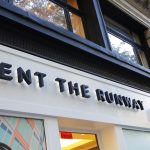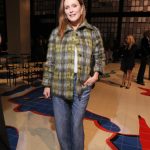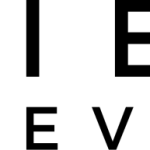Photo: Courtesy of Diarrablu
In our long-running series “How I’m Making It,” we talk to people making a living in the fashion and beauty industries about how they broke in and found success.
When Diarra Bousso was growing up in Senegal, custom-made dresses and expert tailoring were more standard than luxury.
“In Senegalese culture, it’s very common to have your dresses made,” she tells Fashionista. “My mom always had something new and always stood out. I was always in awe whenever I saw her dressed up, and I thought, ‘Wow, it would be nice to work with textiles and be able to do that for a living.'”
Fashion wasn’t her only love, though: She pursued a degree in math while simultaneously soft-launching her fashion brand. Typically, there’s not much on-paper formula and equation-solving to do in a creative position, but Bousso had an idea.
“I was working on a different collection using the Fibonacci sequence, which is when each number is the sum of the previous number — you start with one, then one plus one is two and two plus one is three and so on,” she says. “I thought, ‘How cool would it be to create a Fibonacci sequence with these fabrics?'”
That’s how Diarrablu was born. It still relies on innovative equations to create endless varieties of patterns using lines and graphs. And with such a unique perspective on design, Bousso declared herself Chief Creative Mathematician, paving the way for more overlap between fashion and STEM.
Ahead, Bousso talks about how her inventive role, starting her brand on top of her parents’s roof in Senegal, the surprisingly beneficial impact the pandemic had on her business and more.
How did growing up in Senegal influence your style and, later on, your brand?
Senegalese women are very, very fashionable. There’s an idea in Senegal that anytime you leave your house, you have to look spotless — even if you’re going to the corner store to buy bread. But there’s also the concept that looking beautiful is effortless, so you’re not putting on tons of makeup unless you’re going to a wedding or something.
I saw this idea around me everywhere, regardless of people’s social class or wherever they came from. I decided to infuse this philosophy into Diarrablu. Everything is effortless — our brand doesn’t use zippers or buttons. You can throw it on really fast, but look really regal at the same time. That really was inspired by Senegal.
You shared that your mom inspired your love of fashion. What inspired your love of math?
Growing up, I was always very good at math. I left Senegal when I was 16, to move to Norway for boarding school. I couldn’t speak English very well, and the school was taught in English because everyone came from a different country with a different language. I started not performing well in that school when I had been a top student back in Senegal, but no matter what, I performed well in math. It became my safe space. I realized that I could communicate with math no matter who I’m speaking to or what country I go to.

Photo: Courtesy of Diarrablu
How did your time spent in Norway influence your design aesthetic?
Going to that international boarding school in Norway made me fall in love with differences. Everybody was so different and unique in their own way, and I think that really opened my mind. The school itself was between two mountains and a lake. It was so cold in the winter, but so beautiful. Our art class took place in a studio where you could sit underwater and just paint all day. By the time I became a designer, the idea of mixing all of these different disciplines was ingrained in me.
You have a degree in mathematics from Stanford University and previously worked in finance. How did you realize that you could combine your love of math and fashion?
I started working on Wall Street after college, and I quickly realized that it wasn’t for me. I decided to go to graduate school (at Stanford) and focus on mathematics. I had my ‘aha’ moment with one of my professors there, Dr. Jo Boaler: One day after class, I told her I was working on a swimsuit design using a concept called combinatorics… You start with two fabrics and, at the end, you’d probably end up with something that looks like a rainbow — (Bowler) was blown away and encouraged me to pursue it.
At the time, I was focused on the education side and how I could use this process to teach math to students in a more creative way. It was so nerdy, but she was so supportive. Fast forward a few months, these lesson plans are used by thousands of teachers around the United States. So I thought, ‘What about the other way around?’ That’s when my brand joined social media.
How did you discover that math equations could turn into patterns and designs?
After graduating from Stanford, I was teaching. One day, I was grading papers and exams — my students were learning how to graph equations, and most of the work on the exams was full of mistakes. Most of the students missed the concept, and it was very frustrating. I was looking at their mistakes and thought, ‘They’re wrong, but they’re so beautiful if you stack them.’ That led me to write a bunch of equations within a computer software, and I started seeing more patterns. That made me realize I could do something really cool, so I started digging more into the ideas.

Photo: Courtesy of Diarrablu
How did Diarrablu begin?
While running a blog for two years, while I worked in finance, I had a life-threatening accident that made me reconsider a lot of things. I decided I was going to start over. I quit my job, packed up my bags in New York, took out my 401K and moved back to my parents’s house in Senegal. I set up a design studio on the roof and started modeling the dresses on Instagram.
My first collection was used math equations, which resulted in the brand getting a lot of attention. The American Math Society reached out to me, and I learned there’s a whole community of people who pursue math and art together. But in the fashion industry, the concept of using math for designs was brand-new, so that’s how it became the brand’s focus.
After years of treating the brand more like a blog, I was finally able to focus on creating the business side. I moved to California in 2017, and registered the company in the United States the following year. I got into the Fashion Incubator San Francisco, and I would go there after work, meet mentors and get advice from experts within the industry. After the program ended, I was able to hire some of those experts as consultants, and we started building what the company is now.
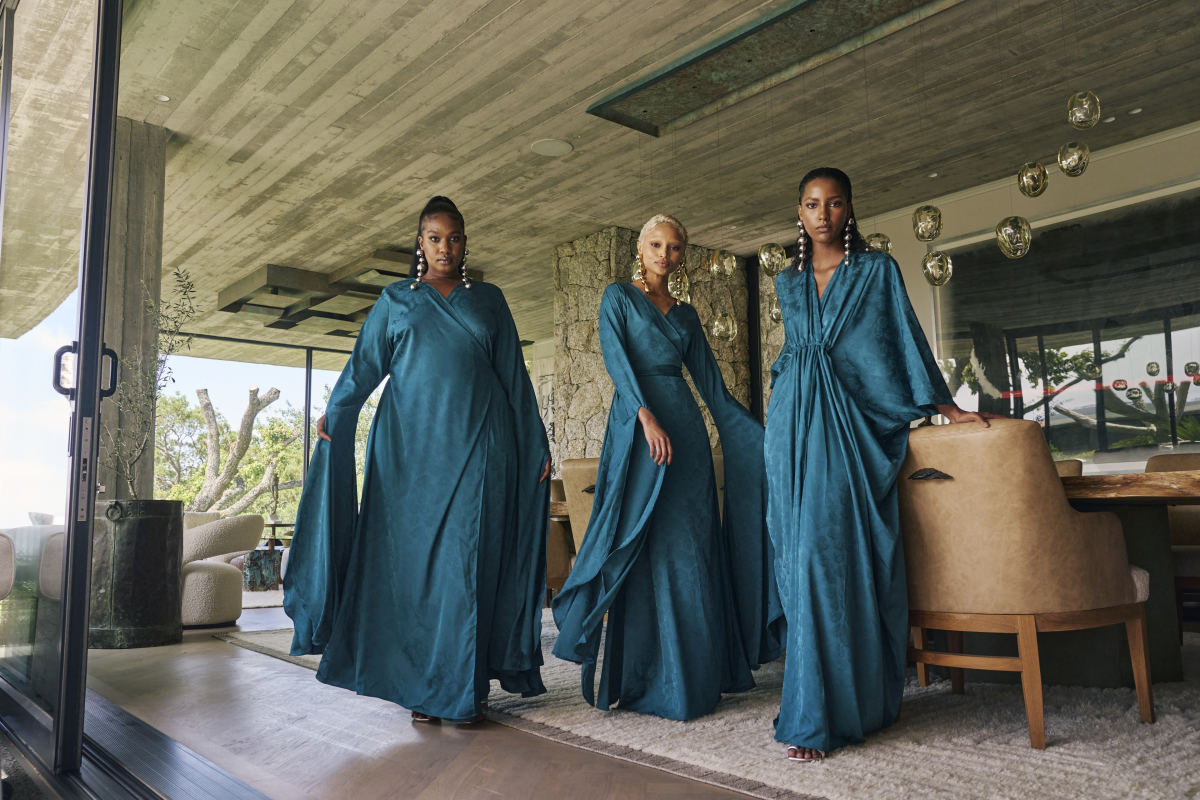
Photo: Courtesy of Diarrablu
What were the first few years like for the business?
It was mostly spent building the community and traveling. I was going to factories to understand how companies are built and operate. I call that period my five-year undergrad in fashion: We weren’t making money — we’d sell a little bit, but then I’d spend it on the next research trip. Eventually, I ran out, and that’s when I was like, ‘I need a plan.’ I’m glad I made that investment, though. I think when many people start a business, they think about the financials so much. I focused more on the learning. I wasn’t focused on making money because I knew I wasn’t going to. We didn’t make a profit until 2020. Luckily, I didn’t raise any money, so I didn’t owe anybody. I had debt from my family and stuff, but I paid it up.
How has the business grown from first turning a profit in 2020?
It was hard when the lockdown happened. Before Covid, our business was just in a few stores in Africa. We were barely selling online. If I sold two or three dresses a month, I was happy. Then, Covid happened, and I got all the artisans to stop working while committing to paying their salaries no matter what. Then George Floyd happened, and the whole world realized that Black people exist and maybe we need to celebrate them a bit more. So the fashion press became very supportive, and we made it to all these ‘Black-owned brands’ lists. Within a few weeks, we grew a hundred times, and I think that really kicked things off.
Between 2020 and now, we’ve grown seven times, or 800 percent as a company, which is extremely high. I feel like all of the effort over the past nine years has kind of exploded in the past three. Everything is made to order. We kind of operate like a restaurant: We buy all the ingredients based on consumer voting (on Instagram Stories), so we know we have good ingredients and they don’t perish. If you place an order today for a dress, it’s going to be cut tomorrow and you’ll get it within a week.
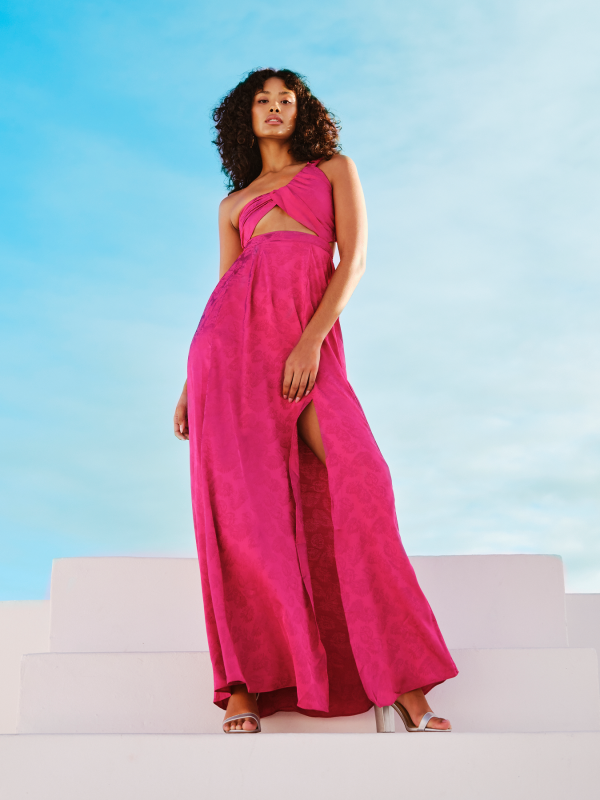
Photo: Courtesy of Diarrablu
Your clothes continue to be made by a team of artisans in Senegal. Has that presented any challenges in the business, particularly with selling wholesale?
It has been challenging, but it’s what allows us to be sustainable. When you own your production, you can produce to order. At the same time, you also have limitations, because it’s not like you can just call up a factory in China and say, ‘I need you to produce this and deliver it by these dates.’ I’m also working with two different cultures: The approach to business and cultural norms are very different in America and Senegal, which makes it challenging, but also very interesting.
How did you decide on “chief creative mathematician” as your title, as opposed to something like “creative director” or “lead designer”?
When I was starting out, I didn’t know what my title should be. I’m doing finance, CEO work, marketing and design — then I met Boaler, and her field is called Creative Mathematics. I had an ‘aha’ moment, because it described what I’m interested in perfectly. That day, I went home, logged onto Linkedin and changed my title.

Photo: Courtesy of Diarrablu
What are your goals for the business in the next five to 10 years?
Focusing on operational and product quality. Also, upgrading our supply chain. We started working with a warehouse here in the U.S. to accept returns and process them. We also launched a handbag line in March, and it was my first time working with that product category. Expanding into more of a lifestyle brand is something that’s really important to us. Diarrablu should be the destination for everything you’ll be putting on your body.
If you could give any advice to an aspiring designer or creative mathematician, what would you say?
Do what you love. Forget about money and success and title and all of it: Find something you love enough that you’d do it for free, then find a way to be really good at it and become an expert. If you’re doing what you love, you’ve won.
This interview has been edited for clarity.
Please note: Occasionally, we use affiliate links on our site. This in no way affects our editorial decision-making.
Never miss the latest fashion industry news. Sign up for the Fashionista daily newsletter.

